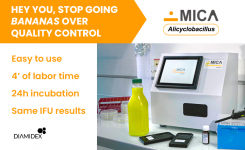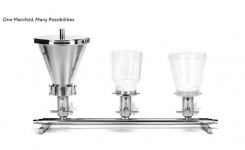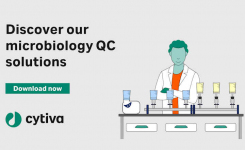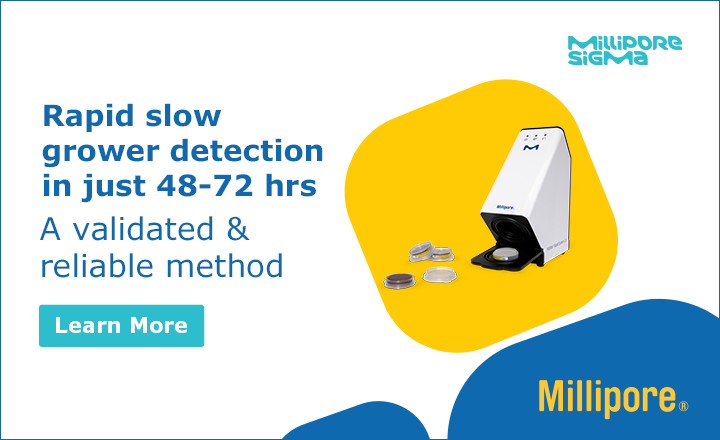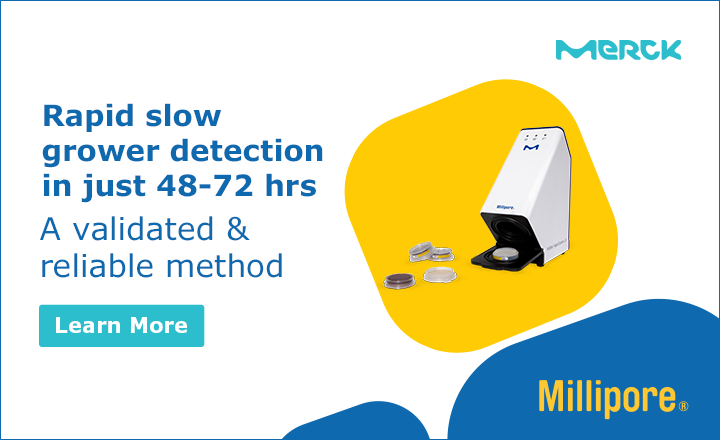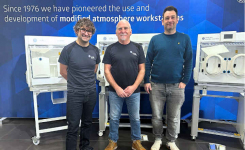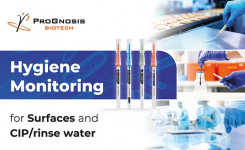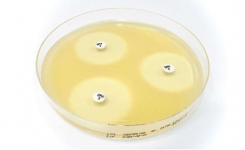
Key points:
- Lactic acid bacteria and yeast can contaminate beer and wine and cause spoilage
- Filtration is done numerous times in the production of wine and beer - the integrity of these membranes is key to a good quality product
- Real-time data from ATP-testing can tell you the efficacy of sanitation control
Download Beer Quality Control Tips & Tricks now ![]()
Introduction to Microbial QC of Beer and Wine
Alongside every creative brewer and vintner, there is a microbiologist, whose job is to support every new idea by making sure quality is not compromised. Whether it's wild fermentation on the moors of England, the addition of seaweed, or blending numerous grape varieties, so the wine goes together with a particular sheep's cheese, quality control needs to be there every step of the way.
There is still a strong market for traditional styles of beers and wines. The Reinheitsgebot rule for beer, that restricts brewers from using anything other than the four main ingredients; water, barley, yeast and hops, is used as a good marketing tool and pasteurized beer is still miles ahead of the craft beer industry in sales. Traditional wine-making which prides itself on its terroir and healthy wild-growing yeast still have a massive stake in the market. But the introduction of new world wines and the craft beer industry, where cultures are grown in laboratories to develop characteristics, and the product is not pasteurized, has opened up the alcoholic drinks industry to new ideas because these ventures have been very successful.
With these new ideas come extra challenges for quality control; new critical control points and more monitoring is needed for additional steps in the brewing and winemaking process. Real-time monitoring such as rapid PCR or ATP detection can prevent huge batch losses due to microbial contamination.
Due to the high alcohol content of these beverages, pathogens are not an issue, because they can't tolerate the alcohol and because of the anaerobic packaging these products come in i.e wine sometimes in vacuum packs and beer in kegs, it reduces the chances of pathogens.
However, sometimes the market wants to establish lower alcohol beers, using strains of yeast i.e New England IPA, to move away from a culture of seeing alcohol as a route to intoxication to an attitude where its seen as one for sharing its societal benefits with friends. Developing low-alcohol beers, especially ones that are between 1-3%, is risky due to pathogen or unwanted microbes and many brewers play safe by staying above 3%.
The quality of wine and beer suffers from the same contaminants i.e lactic acid bacteria (LAB) and Brettanomyces. The presence of LAB can inhibit fermentation by the yeast and can yield hydrogen sulphide, known by its burnt rubber smell. Other contaminants include Acetobacter and Cronobacter, the former producing acetic acid (vinegar) and possible acetaldehyde, which is difficult to remove and so detrimental to the batch.
Hop-resistant Bacteria in Beer (i.e Pediococcus damnosus, Lactobacillus brevis)
When brewers add hops to beer they are doing so to impart flavour and make a style of beer i.e West Coast American Pale Ale is made with Cascade hops, a hop historically grown on the cascade mountains in that part of the world.
However, an additional benefit of adding hops is to also preserve the beer. This is evident in the history of India Pale Ale (IPA), a beer with a strong hop character, which was developed by English brewers to preserve beer they sent to troops in India, which had to take long ship journeys. By adding the extra hops, it extended the shelf life of the beer and troops in India did not get sick when drinking it. IPA has seen a resurgence in popularity in the last decade, driven mainly by the craft beer industry.
The hops bitter flavour and preservative qualities come from its iso-acids. But, despite this acidic environment, there are lactic-acid bacteria that can live in this low pH and spoil beer. Pedicoccus damonosus and some Lactobacillus sp. (Lactobacillus brevis and Lactobacillus lindnari) are the most common ones, in which detection kits target. Although, there are LAB species that had previously not been classified as a beer spoilage organism and to ignore because of its ability to survive, that are now hop-tolerant beer spoilage bacteria. This is due to horizontal transfer of genes, horA and horC, which activate transporters that extrude hop-acids out of cells.
Culture-based: Dehydrated agar-plates for Lactobacillus and Pediococous are cost-effective and can give you a total viable count. They come with membrane filters, that can be placed onto the agar after membrane filtration.
Molecular methods/PCR: As it's the genes horA and horC that provide hop-resistance to bacteria, these genes are common amongst the hop-tolerant spoilage bacteria. Therefore PCR kits currently on the market, target these genes. It is worth mentioning here, that sour beer, use LAB to their advantage. (see 'Hop-Resistant Spoilage Bacteria/Genes' table below for suppliers of all test kits.)
Spoilage Yeasts in Beer
Having more than one species or strain of yeast in your beer can cause 'off-flavours' unless it is done in a very controlled manner. Brettanomyces sp. for example, is used extensively in Belgian Lambic sour beers but if used incorrectly, this yeast will produce secondary metabolites that give you unwanted aromas and flavours such as 'horse sweat' and 'medicinal'.
There is also the risk of physical hazards ending up in your product due to yeast spoilage. The yeast can produce too much carbon dioxide in your packaging, and with the added pressure can lead to broken packaging, which may end up in the beer.
Common spoilage yeasts include Zygosaccharomyces, Dekkera / Brettanomyces and Saccharomyces spp. Real-time PCR kits on the market can detect these yeast. For example, one target is the glucoamylase gene; STA1, which is present in Saccharomyces cerevisiae var. diastaticus, a yeast that can over-attenuate the beer.
ATP Sanitation Monitoring
You have your cleaning procedures in place, with staff trained in the sanitation and sterilization of equipment, but you are still getting contamination in the product. A highly-effective technique which is used throughout the food industry to ensure proper cleaning is using an ATP-meter. This involves swabbing the surface of your fermentor or Vat with a pen-sized collection device. This device has bioluminescence reagents that react with ATP and emit light. The light is measured using a luminometer (ATP-meter) and is proportional to the amount of ATP present. Results are fast, on average taking only 15 seconds. With the aid of data analysis software; trending of results over time is achieved, giving greater insight into sanitation controls. (see 'ATP-based testing' table below for suppliers)
Filtration of Beer & Wine
Contaminants from cleaning detergents, organic aggregates and spoilage yeast and bacteria can impact the quality of beer and wine significantly. These are going to be picked up along the way in your process, so having filtration steps in place, can allow things to run smoothly. Filtration is especially important in the extraction of wine from lees, the sediment at the bottom of the fermentation vessel, which accounts for 10% of wine production.
Examples of filtration: Bioburden filtration is a pre-final filtration step, that aims to clarify beer and wine by the retention of particles. To ensure a longer shelf-life of beer and wine, a final filtration step upstream of bottling is performed, to ensure the final product is free of yeast cells. Membrane filters that are used here must be routinely sanitized and integrity tested. (see 'Filtration Systems' table below for suppliers)






